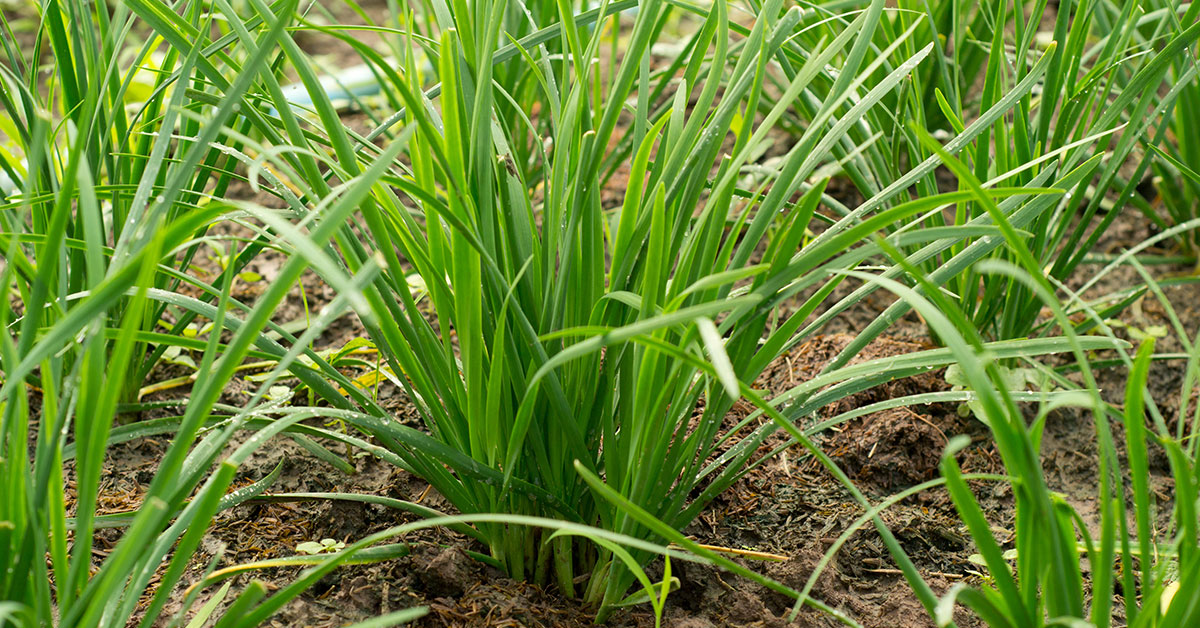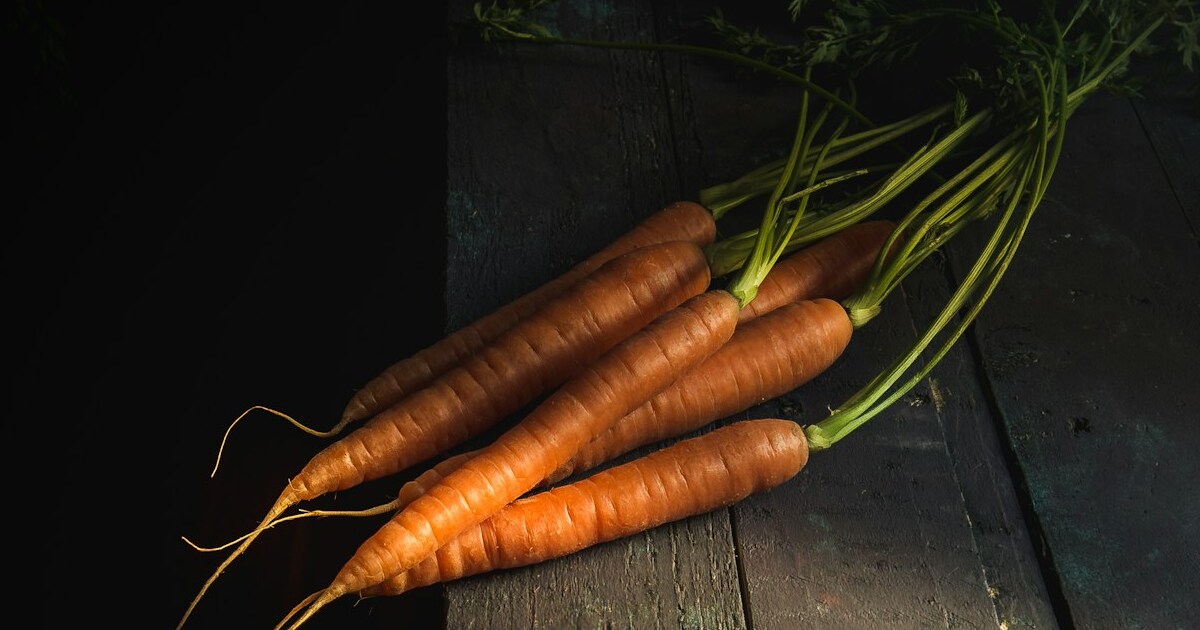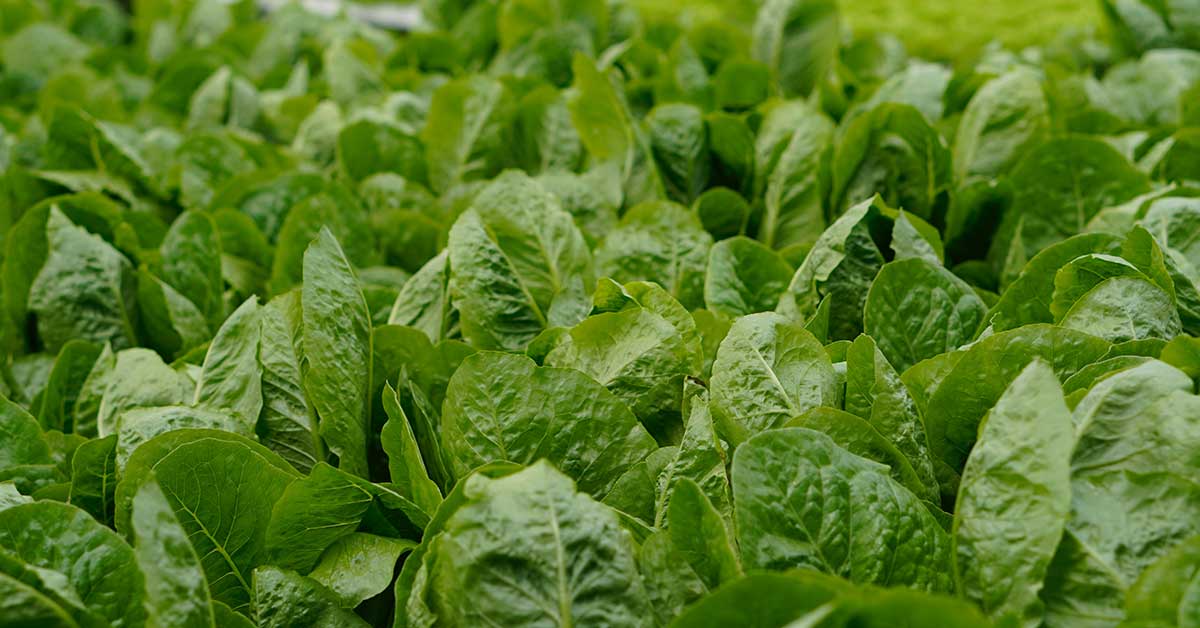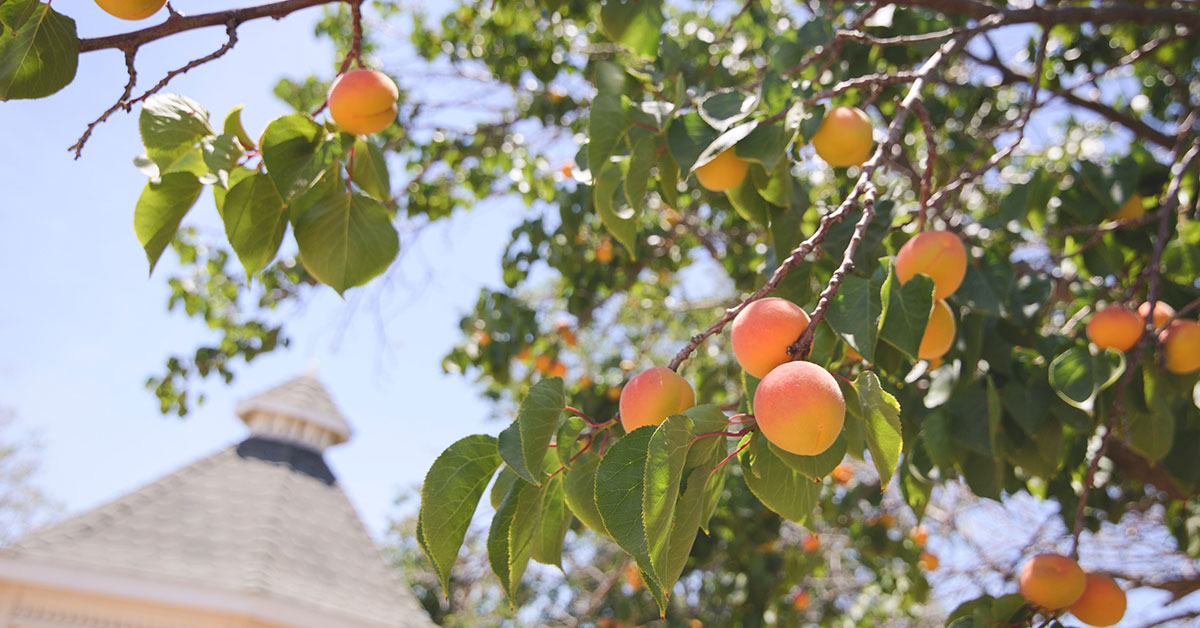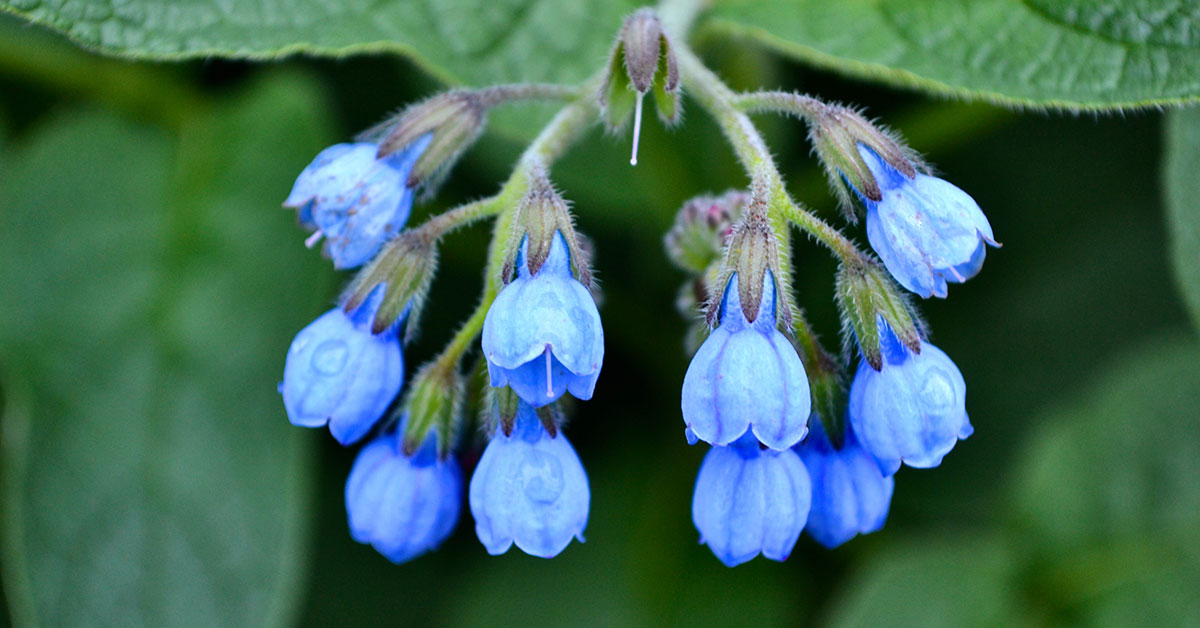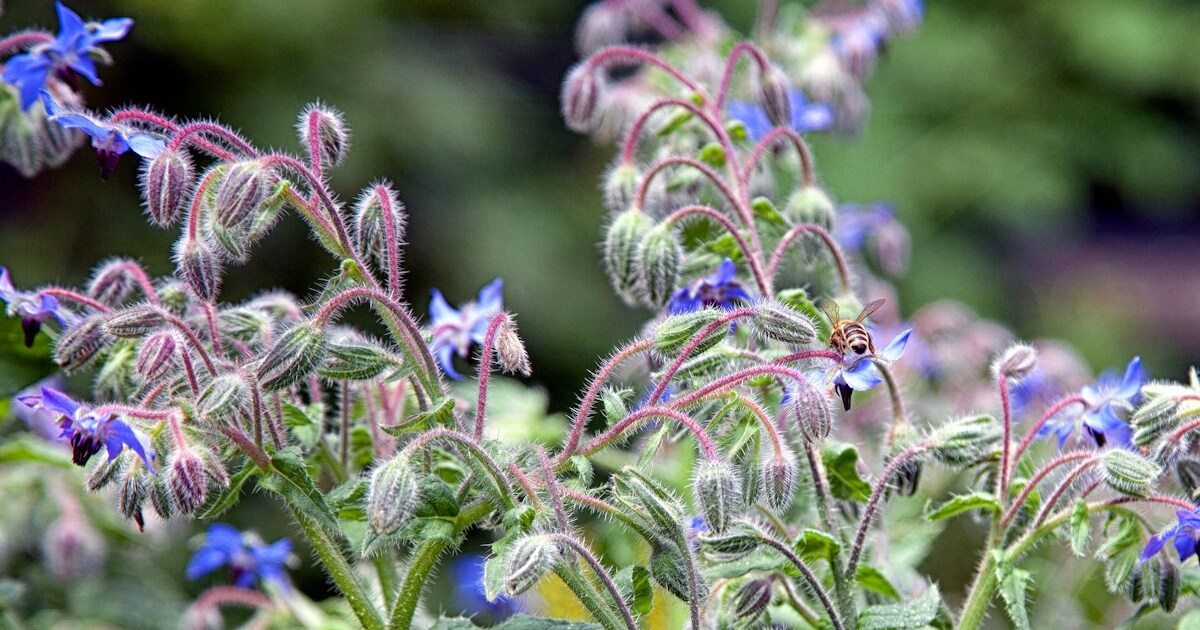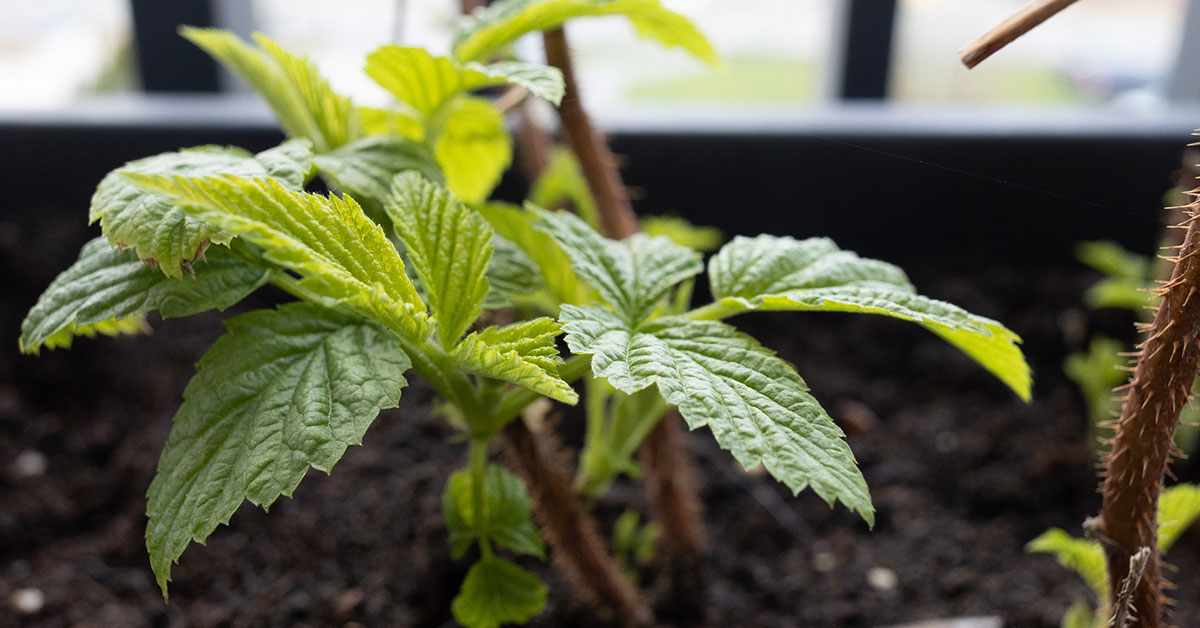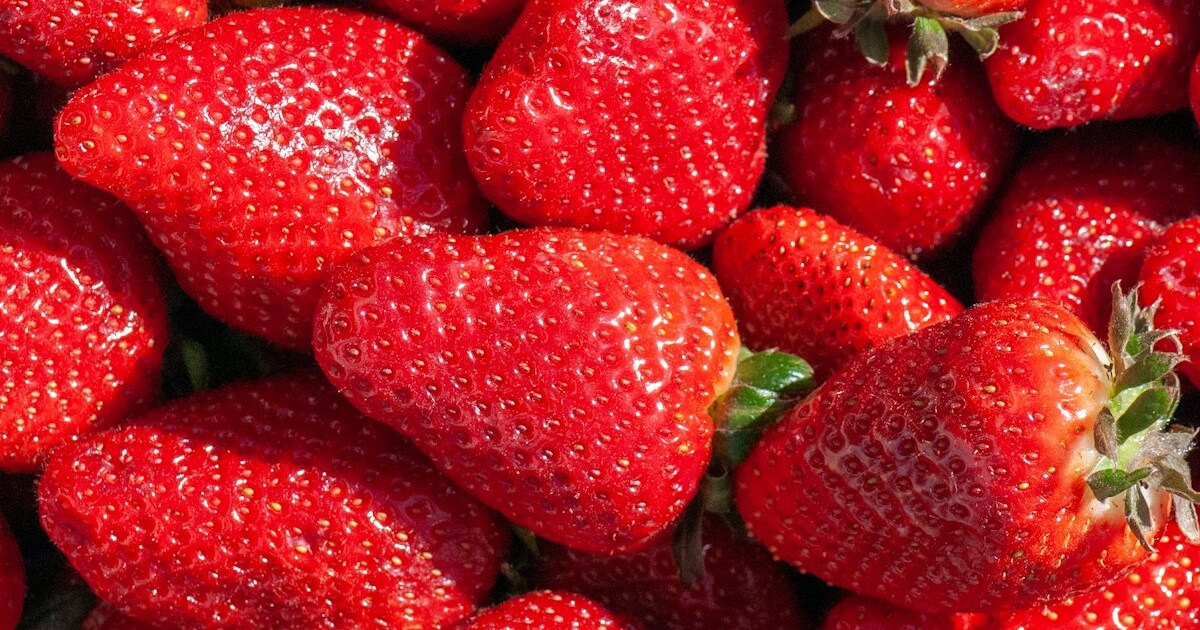Mulching is a crucial part of maintaining a healthy garden, helping to retain moisture, suppress weeds, and improve soil structure. Pine needles, also known as pine straw, are often touted as a natural and attractive mulch option, especially for acid-loving plants like azaleas and blueberries. With their fine texture and pleasant scent, it’s easy to see why many gardeners are drawn to using pine needles in their beds. However, as with any mulch, there are some hidden problems that can arise when using pine needles, making them a less-than-perfect choice in certain situations.
Before you start layering your garden with pine needles, it’s important to understand the potential drawbacks. While pine straw may seem like an ideal mulch material, it can cause issues ranging from soil acidity problems to challenges with decomposition and pest attraction. I get it—mulching with something as natural as pine needles feels like you’re giving your garden the best, but let’s take a closer look at some of the reasons why you might want to think twice before relying on pine needles as your go-to mulch.
Soil Acidity Concerns
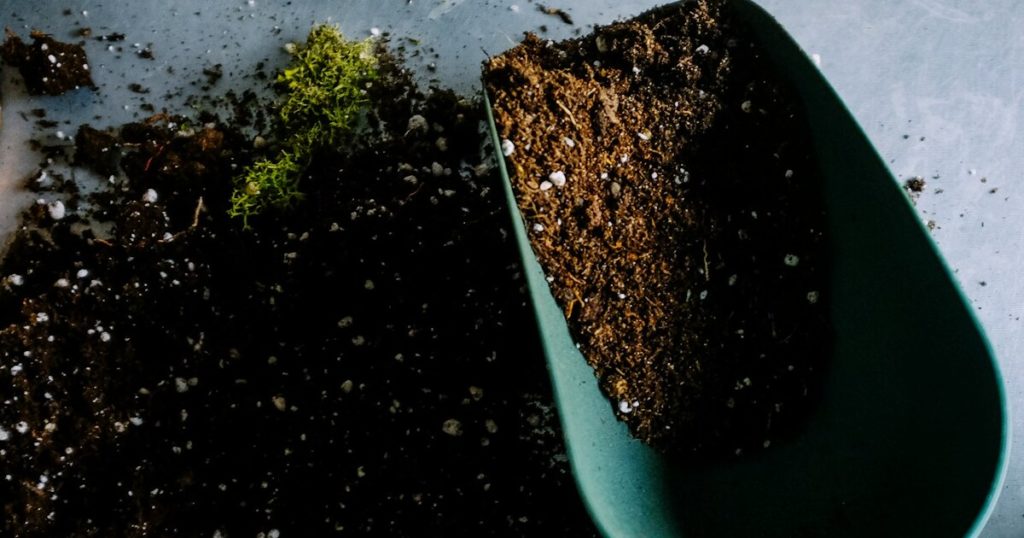
One of the primary reasons gardeners choose pine needles as mulch is their ability to acidify the soil, which is beneficial for acid-loving plants like rhododendrons, camellias, and certain types of hydrangeas. However, this same characteristic can be a double-edged sword. If you use pine needles around plants that prefer neutral or alkaline soil, you might inadvertently alter the pH balance in a way that stunts their growth or makes it harder for them to absorb essential nutrients. I’ve seen gardens where plants started to struggle simply because the mulch made the soil too acidic for their liking.
Even for acid-loving plants, there’s such a thing as too much acidity. Over time, continuous use of pine needles as mulch can lead to an excessively acidic environment, which can be just as detrimental as soil that’s too alkaline. It’s essential to regularly test your soil’s pH when using pine needles to ensure that it remains within the optimal range for your plants. Trust me, it’s no fun to discover that your efforts to create a healthy garden have backfired due to an unintended pH imbalance.
Slow Decomposition and Nitrogen Tie-Up
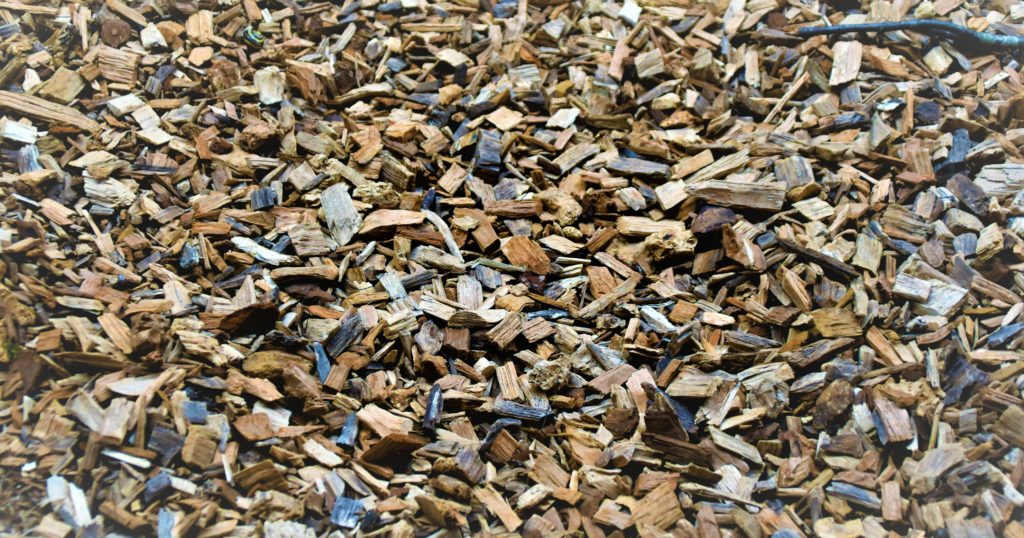
Another hidden issue with pine needles is their slow decomposition rate. Unlike other organic mulches like compost or shredded leaves, pine needles can take a long time to break down. While this might seem like a benefit—after all, you don’t have to replace them as often—it can actually lead to problems in the long run. As the needles slowly decompose, they can tie up nitrogen in the soil, making it less available for your plants. Nitrogen is a critical nutrient for plant growth, and a deficiency can result in yellowing leaves and stunted development.
This slow decomposition can also make it difficult to incorporate pine needles into the soil if you decide to turn them under or mix them with other organic matter. Their resistant structure means they remain intact longer, which can interfere with tilling and planting activities. I’ve found that while pine needles may look neat and tidy on the surface, their longevity can create challenges when it’s time to refresh your garden beds or prepare the soil for new plantings. It’s something to keep in mind if you’re looking for a mulch that will contribute more quickly to soil fertility.
Attracting Pests and Unwanted Critters

One of the less obvious, but equally important, downsides of using pine needles as mulch is their potential to attract pests. The dense, layered nature of pine straw provides an ideal habitat for certain insects and rodents, especially in areas with high moisture or shade. Slugs, snails, and even rodents like voles can find refuge under the cover of pine needles, where they can cause significant damage to your plants. It’s such a bummer to discover that your mulch is harboring pests that are nibbling away at your hard work!
In addition to attracting pests, pine needles can also create a habitat for unwanted critters like ticks, which can be a concern if you spend a lot of time working in your garden. I’ve learned that while pine needles can give your garden a natural woodland feel, they can also bring some of the less desirable aspects of the forest floor into your backyard. If pest problems have been an issue for you in the past, it might be worth reconsidering pine needles as your mulch of choice.
Fire Hazard Considerations
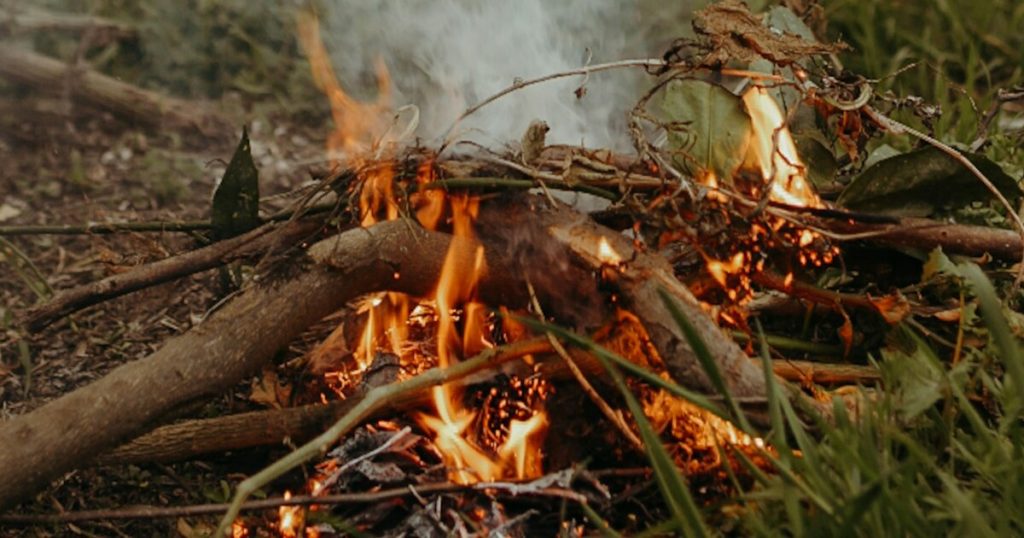
Another significant concern with using pine needles as mulch is their potential to act as a fire hazard, especially in dry, hot climates. Pine needles are highly flammable and can easily catch fire, making them a risky choice in areas prone to wildfires or where outdoor fire pits and grills are frequently used. The last thing you want is for your mulch to become kindling, putting your garden and even your home at risk. It’s a sobering thought that something as simple as a stray spark could turn your beautiful garden into a dangerous situation.
Even in less fire-prone areas, it’s worth considering the flammability of pine needles if you have outdoor heaters, fire pits, or if you frequently host barbecues. I’ve always believed that safety should come first in the garden, and that includes being mindful of the materials we use. If fire safety is a concern in your area, it might be better to opt for a mulch that’s less likely to ignite, such as wood chips or compost.
Limited Nutrient Contribution

While pine needles do offer some benefits, such as moisture retention and weed suppression, their contribution to soil nutrition is relatively limited compared to other organic mulches. Pine needles are low in nutrients, and as they decompose slowly, they don’t add much in the way of organic matter to the soil. If your primary goal with mulching is to improve soil fertility, pine needles might not be the best option. It’s frustrating when you realize that the mulch you’ve been using isn’t really giving your plants the nutritional boost they need.
For gardeners who are looking to enrich their soil and boost plant health, a more nutrient-rich mulch like compost, aged manure, or leaf mold might be a better choice. These materials break down more quickly and release valuable nutrients into the soil, helping to feed your plants and improve overall soil structure. While pine needles can certainly play a role in your mulching strategy, it’s important to balance them with other materials that will contribute more directly to soil health.
Conclusion: Weighing the Pros and Cons

Pine needles certainly have their place in the garden, especially for certain plants and specific conditions. However, it’s important to be aware of the hidden problems that can arise when using them as mulch. From soil acidity issues and slow decomposition to potential pest attraction and fire hazards, there are several factors to consider before making pine needles your mulch of choice. I completely understand the appeal of using a natural, readily available material, but it’s crucial to weigh the pros and cons for your specific gardening needs.
Ultimately, the best mulch for your garden is one that aligns with your goals, whether that’s improving soil fertility, maintaining moisture, or simply enhancing the appearance of your beds. By understanding the potential drawbacks of pine needles, you can make an informed decision that keeps your garden healthy and thriving.




